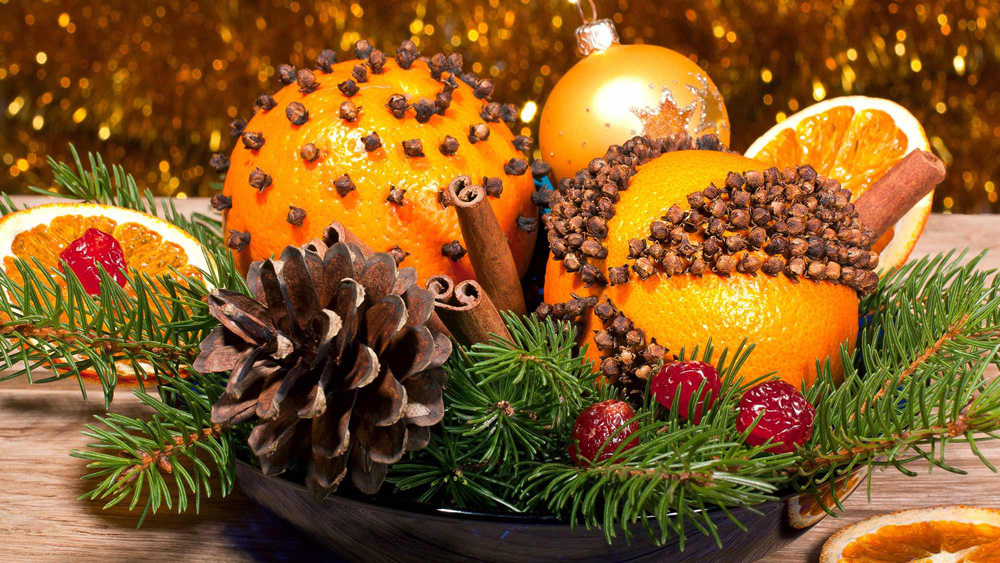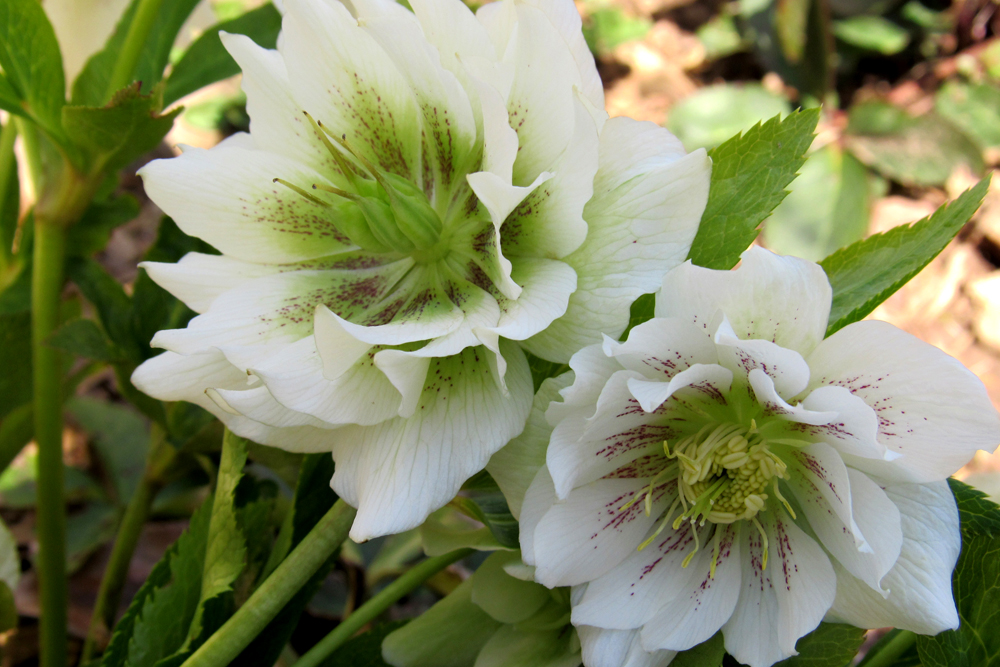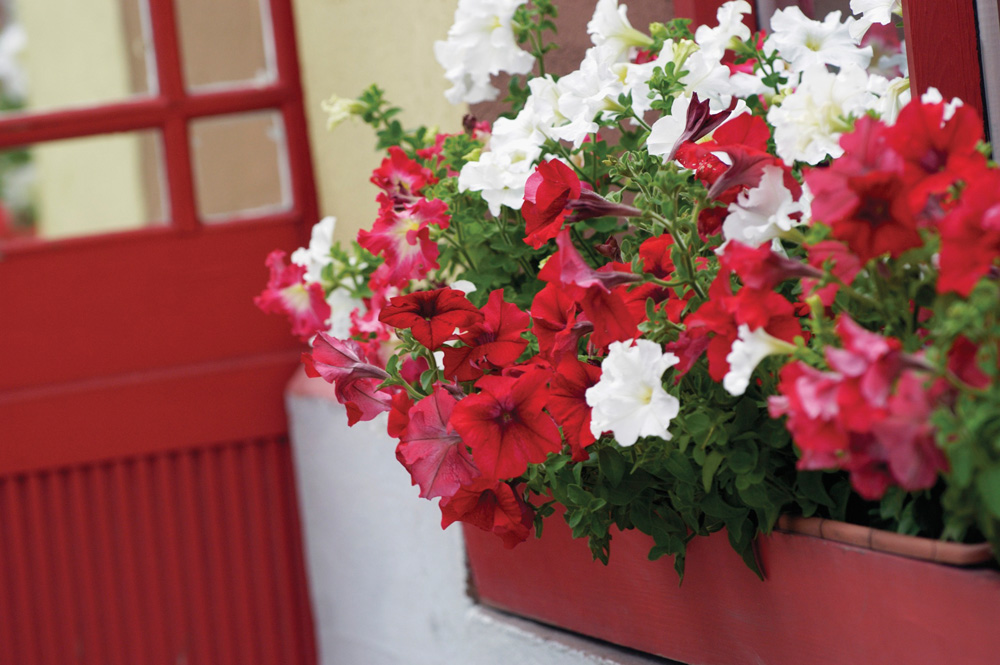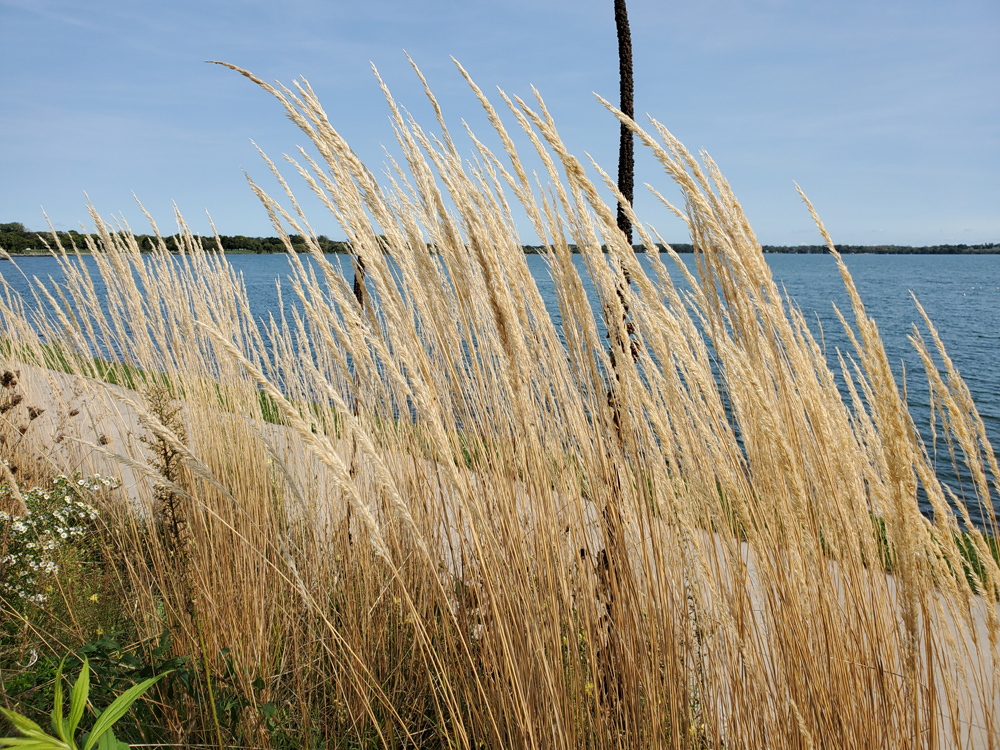Corn, glorious corn
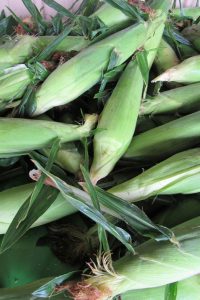
August is in full swing and with it the harvest season. For gardeners and lovers of locally grown produce, August also means sweet corn. Nothing quite says high summer like fresh sweet corn, especially if it comes from your own garden. If you are like my family, you probably end up eating a mix of what you grew and selections from local farmers markets that extend your season of enjoyment.
This year, the sweet corn crop looks good, despite the challenges of actually planting the corn this past spring, when conditions were exceptionally wet and cold. Some farmers and gardeners did not get a chance to plant, but others were able to get out and get the seed into the soil, albeit later than planned. Even in June, corn that had been planted and had germinated was waiting for some real summer sun and warmth to grow. Fortunately, July provided that warmth and drier conditions and corn fields now look full and green with tall maturing stalks of corn.
At Partyka Farms in Kendall, the sweet corn is ready. Lora Partyka says the crop looks good. “It’s doing great,” she says, “it’s running a bit late, but it’s doing fine.” Like other local growers, Partyka says the crop went in later than usual meaning a slightly delayed harvest – but the results are certainly well worth the wait. She says Partyka Farms grows super sweet varieties of non-GMO sweet corn.
Corn is an amazing plant – native to North America. Cornell University says it was probably first domesticated in southern or central Mexico. It is an annual grass and both the tassel and the ear form the flower of the plant. Sweet corn is a bit demanding for the home gardener, requiring consistent moisture and warm weather as well as ample space. Cornell recommends sowing corn in blocks of at least four rows of a single hybrid. This practice promotes good pollination and well-filled ears.
Here are some tips from the University of Minnesota Extension for keeping your sweet corn healthy and productive. Corn needs one inch of rainfall per week. If your soil is sandy, you may need to water more than once a week. One inch of water will wet sandy soil to a depth of ten inches; heavy clay soil to six inches. Use a trowel to check how far down the soil is wet. Unlike most garden plants which stop active growth when temperatures climb above 85 degrees F, corn continues to grow in very hot weather. Your sweet corn can become drought stressed if you do not irrigate during spells of hot dry weather as sweet corn roots are shallow. The new roots you see develop just above the soil at the base of the plant do not absorb much water or nutrients – they help to stabilize the plant.
Keep your corn weeded with a hoe or other tool before weeds become a problem and hoe just deeply enough to cut weeds off below the surface of the soil – do not damage corn plants while cultivating. As corn grows, its leaves form a canopy that discourages new weeds from growing.
Corn ear worm and European corn borer can be a problem for gardeners. If you harvest an ear of corn that has a caterpillar near the tip and an area of chewed kernels, remove the affected part of the ear and cook the rest. UMN Extension says planting corn early can help lessen the damage from corn ear worm. Crows and other birds can eat your corn seed before or as they germinate from the soil. Floating row covers can help to discourage them.
Corn can also be affected by disease, most commonly smut and leaf rust. Smut causes firm, tumor-like growth on leaves, stems, ears and tassels. Remove smut galls throughout the season. Bury the galls – do not put in your compost pile. Leaf rust looks like rusty streaks on leaves and releases a large amount of orange spores. Look for rust resistant varieties.
Harvest your sweet corn when kernels in the center of the ear are full and “milky” when squeezed. Silks will look dry and brown at harvest time – about 18 to 24 days after the silk first becomes visible.
Enjoy this last full month of summer and the wonderful sweet corn it brings!



